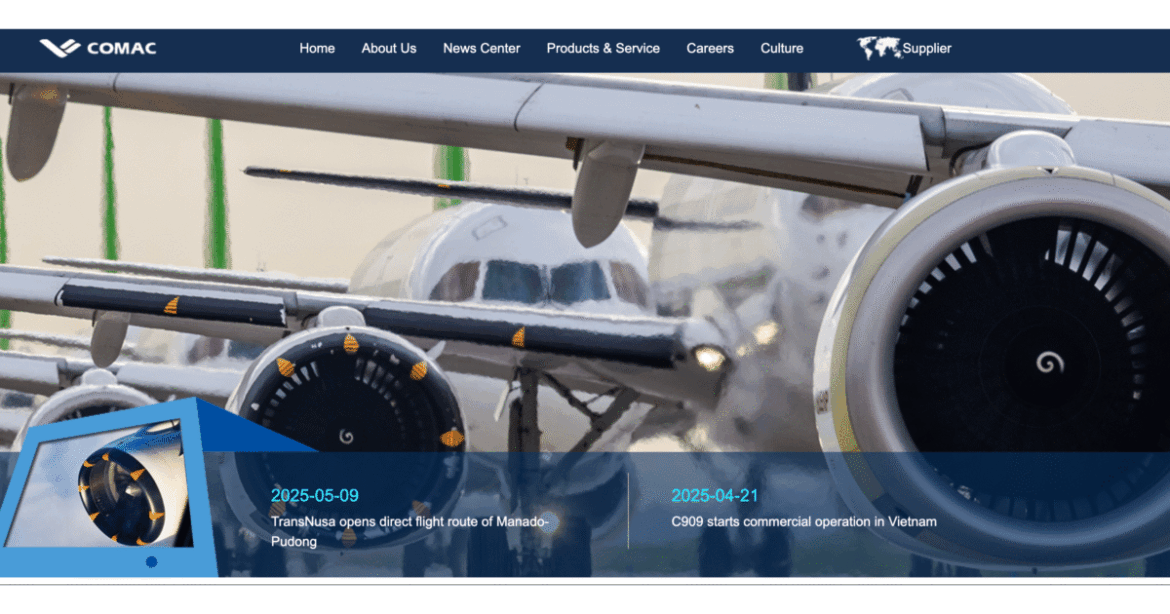In an unprecedented move with global aviation implications, China rejected and returned two Boeing 737 MAX airliners from the Boeing Completion and Delivery Center in Zhoushan. The facility—part of a joint venture between Boeing and China’s Comac—performs final outfitting for aircraft destined for Chinese carriers. The returned planes, both destined for Xiamen Airlines, were rerouted to Seattle, symbolizing far more than a trade dispute—it’s China’s opening salvo in its aviation power play.
Beneath the Surface: Tariffs or Tactics?
While U.S. tariffs imposed by President Donald Trump are cited as the tipping point, the decision to turn back Boeing aircraft is steeped in calculated timing. For years, China has been laying the groundwork to elevate Comac—its state-backed aerospace company—as a serious alternative to Boeing and Airbus. The recent snub signals that plan going operational.
The Economic Intelligence Unit and reports like those from The Epoch Times had already warned in 2024 that Boeing and Airbus were in Beijing’s crosshairs. Comac had just secured two landmark orders totaling 200 aircraft, to be fulfilled over the next six years—a clear signal of internal prioritization and reduced reliance on Western manufacturers.
Military-Industrial Links: The Red Flag for the West
The U.S. Department of Defense has classified Comac as a “Chinese military company,” raising alarms that extend beyond economics. Comac isn’t just a commercial manufacturer; it is a key instrument in China’s “civil-military fusion” doctrine. Its aircraft, notably the C919, are intended not just for air travel but as tools of geopolitical leverage.
Ahead of the latest tariff escalation, the South China Morning Post revealed that Comac plans to boost C919 production capacity by 50%, aiming for 75 planes annually—a massive scale-up that coincided with strategic messaging across Chinese state media and private supplier channels.
Certification: Comac’s Achilles Heel
Despite production ramp-ups, Comac faces a steep climb toward international legitimacy. Certification from the U.S. Federal Aviation Administration (FAA) and the European Union Aviation Safety Agency (EASA) remains elusive. Industry experts, including Air Lease’s Steven Udvar-Hazy, have openly doubted that the C919 in its current state would meet Western safety and transparency standards.
This bottleneck limits Comac’s aircraft from entering the global market—unless that market excludes Western-aligned nations altogether.
A Web of Interdependence: Boeing’s Risky Ties
Boeing may find itself entangled in a deeper problem. A production facility in Naples, Italy—Alenia, owned by Leonardo—produces 14% of the Boeing 787 airframe. This same facility has business ties with both Comac and Russian aerospace firms via the CR929 project. That plane, marketed under the China-Russia joint venture CRAIC, is positioned as a direct competitor to the Boeing 737. With current geopolitical tensions, such co-located production between rival aerospace blocs is increasingly untenable.
Can BRICS Alone Sustain Comac?
Without FAA or EASA certification, Comac’s exports are restricted. But is the BRICS-aligned world enough to fuel its rise? If nations like Russia, Iran, Venezuela, North Korea, and South Africa adopt Comac jets and restrict aviation to their own blocs, it may be.
That market alone may not rival the West in size, but with long waitlists—Airbus has 8,700 aircraft backlogged, Boeing 6,300—the appeal of faster delivery from Comac could outweigh certification concerns for aligned states. These countries might willingly sacrifice access to U.S. and European skies in favor of Chinese partnership.
The Bigger Picture
China’s rejection of Boeing aircraft is more than a policy spat—it’s a symbolic pivot away from reliance on the West. While the scale of Comac’s impact remains speculative, the move signals the acceleration of a parallel global aviation infrastructure—one defined not by open markets and shared standards, but by ideological alliances and economic silos.
This is not just about who flies where. It’s about who controls the skies.

